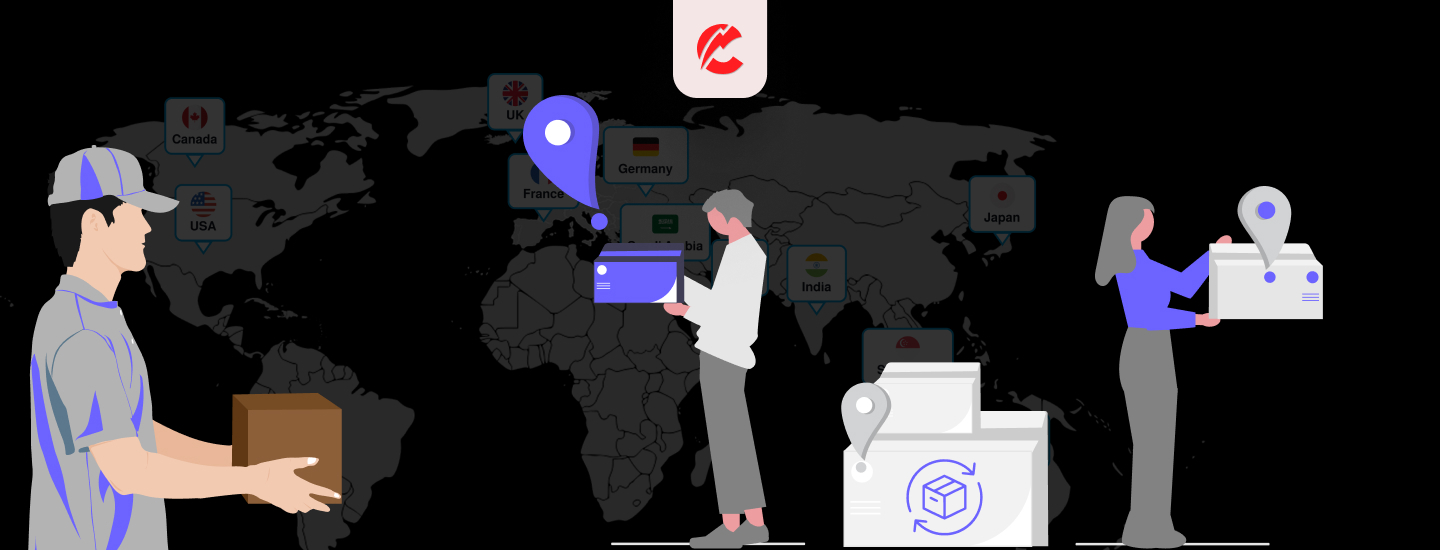Selling internationally means return logistics can get tricky — and expensive. A clear, localized return policy and reverse logistics process can make or break customer trust.
Here’s how to handle global returns and refunds effectively:
1. Create Region-Specific Return Policies
-
Use Shopify Markets to show country-specific return rules
Example:
- UK/EU: 14-day right to withdraw (Consumer Contracts Regulations)
- US: Typically 30-day policies are standard
- AU: Consumer guarantees for faulty products (ACCC guidelines)
- Canada: Province-specific return laws (e.g., Quebec stricter)
2. Offer Local Return Addresses (Where Possible)
- Partner with 3PLs or fulfillment centers in each region
- Reduce customer burden and return shipping costs
- Use Easyship Returns or Clicksit Return Center for managed return workflows
3. Automate Return Requests & Tracking
Use return management apps:
- Loop Returns — Ideal for automation, branded return portals
- Return Prime — Works across global markets
- AfterShip Returns Center — Tracks, approves, and communicates return status
4. Communicate Refund Timelines Clearly
-
Set expectations based on payment gateway used:
-
Shopify Payments / PayPal: 5–10 business days
-
Razorpay / Stripe: regionally variable
-
-
Auto-send refund confirmation emails with estimated credit date
5. Offer Store Credit or Exchanges
-
Let customers choose:
-
Refund to original payment method
-
Exchange for another item
-
Instant store credit (encourages repurchase)
-
-
Apps like Rich Returns allow for instant credit/refund alternatives
Final Thoughts
Returns are an inevitable part of eCommerce. What matters is how smoothly you handle them — especially across borders. With a thoughtful returns strategy, you build trust, loyalty, and better customer retention.
Need help setting up a global returns system on Shopify? Let CommerceBolt do the heavy lifting.












